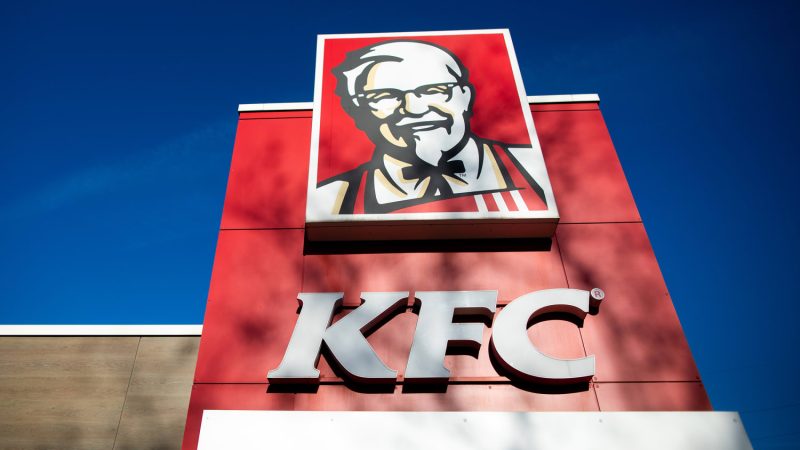In a recent turn of events for Yum! Brands, the company reported earning misses on estimates as both KFC and Pizza Hut stores experienced declines in same-store sales. This news has undoubtedly sent ripples through the fast-food industry, raising questions about the underlying causes and implications for the company.
The unexpected decline in same-store sales raises concerns about the strategies and initiatives implemented by Yum! Brands in its flagship chains. KFC, known for its iconic fried chicken offerings, and Pizza Hut, a long-standing favorite for pizza lovers, are facing challenges that require a closer examination of consumer trends and preferences.
One key factor that may have contributed to the declines in same-store sales is changing consumer behavior. As the food industry continues to evolve, with an increasing emphasis on healthy eating and sustainability, fast-food chains like KFC and Pizza Hut may find it challenging to adapt to shifting consumer preferences. Customers are becoming more conscious of their food choices, opting for healthier options and seeking more diverse and innovative menu offerings.
Additionally, the rise of competition in the fast-food space has put pressure on traditional chains like KFC and Pizza Hut to differentiate themselves and stay relevant in an increasingly crowded market. With the emergence of new players offering unique concepts and catering to evolving consumer tastes, established brands must find new ways to attract and retain customers.
Furthermore, external factors such as economic conditions and global events can also impact consumer spending habits, influencing same-store sales performance. The ongoing COVID-19 pandemic, for example, has significantly altered dining behaviors, leading to an increased reliance on delivery and takeout services. Fast-food chains must navigate these challenges and adapt their operations to meet the evolving needs of consumers in a dynamic and unpredictable environment.
In response to the earnings misses and same-store sales declines, Yum! Brands may need to reassess its strategies and explore new approaches to drive growth and profitability. This could involve revamping menus, investing in marketing initiatives, enhancing the customer experience, or exploring partnerships and collaborations to expand reach and appeal to a broader audience.
Overall, the recent earnings miss for Yum! Brands, driven by declines in same-store sales at KFC and Pizza Hut locations, highlights the challenges and opportunities facing traditional fast-food chains in a rapidly changing industry landscape. To remain competitive and thrive in the long term, companies must innovate, adapt, and continuously evolve to meet the ever-changing demands and preferences of consumers.

